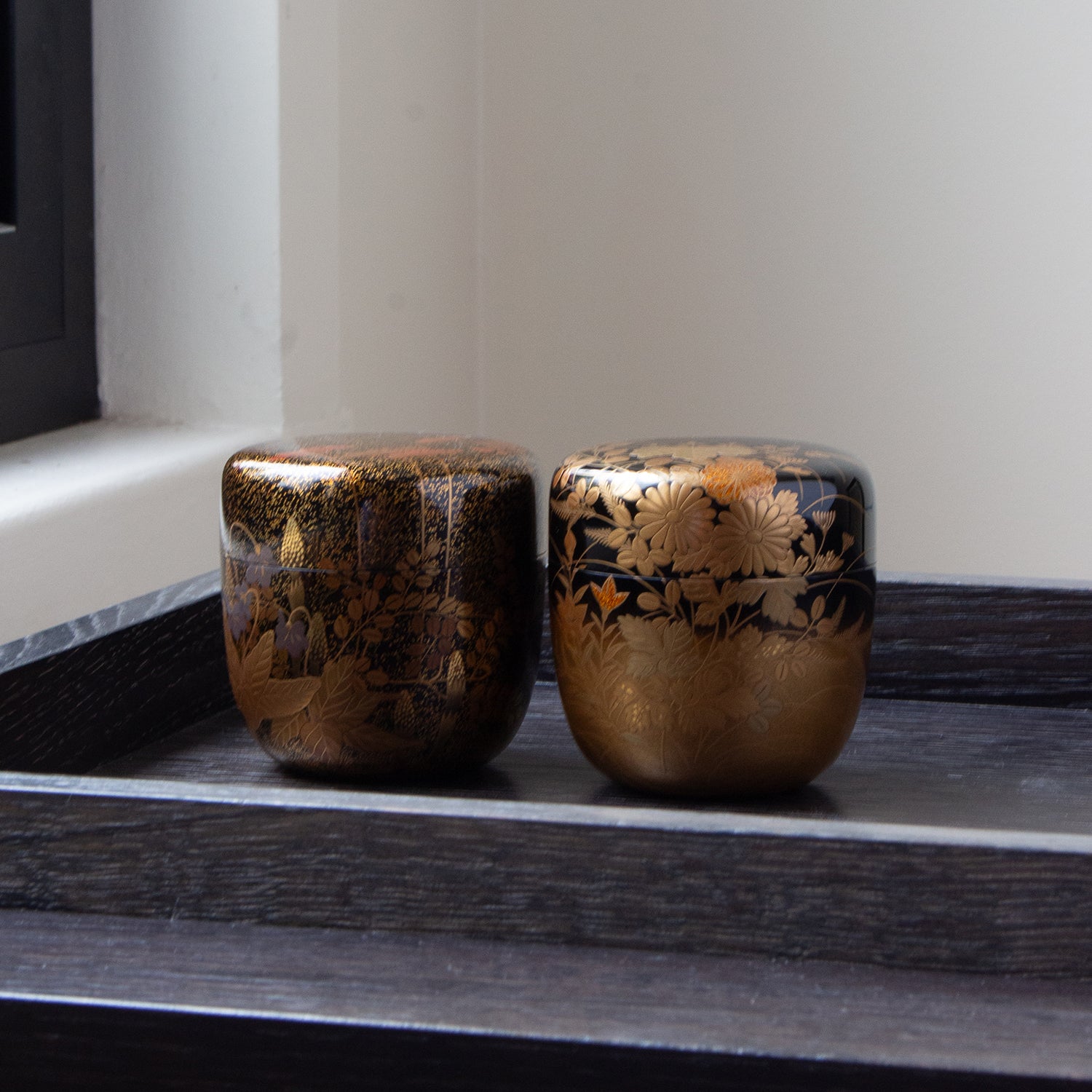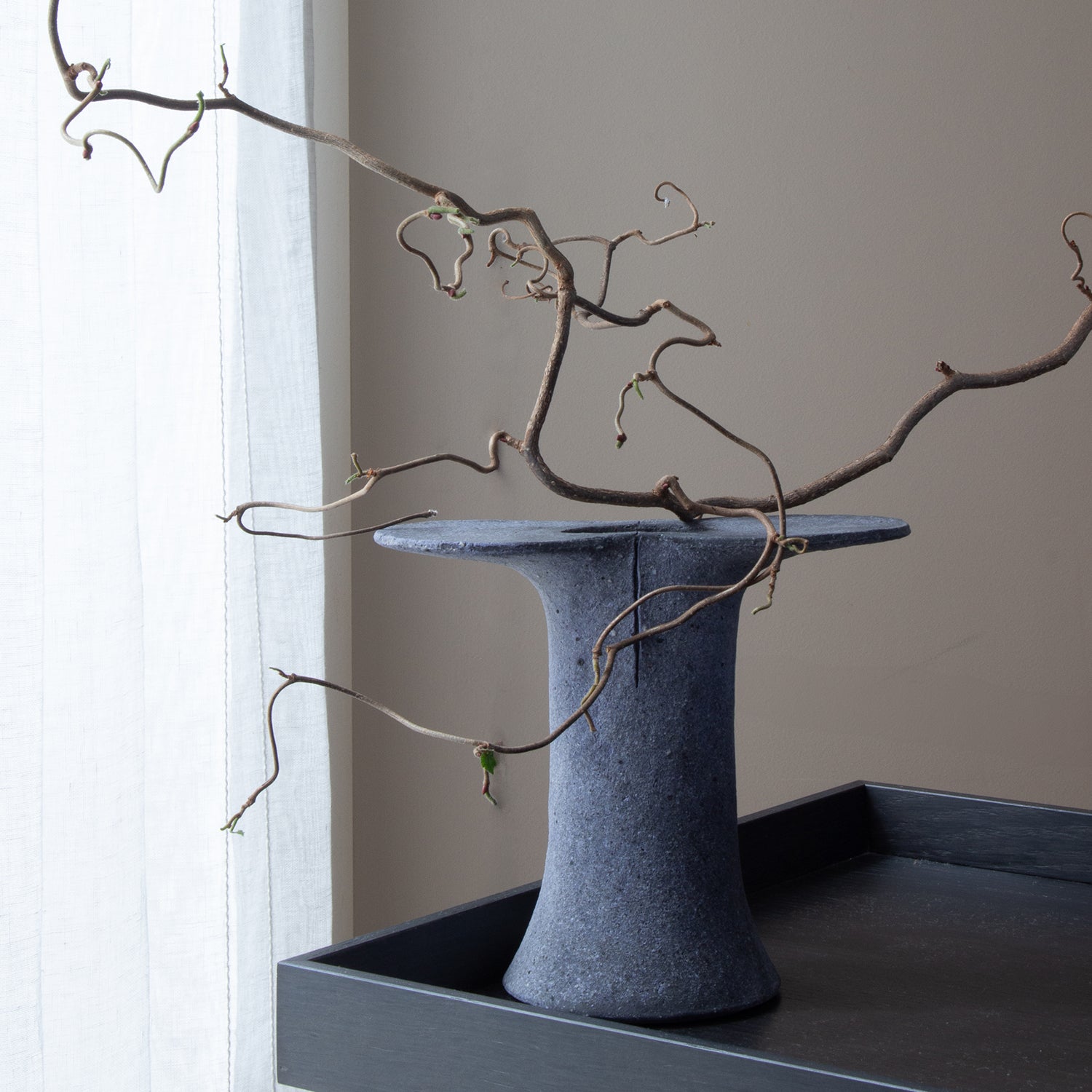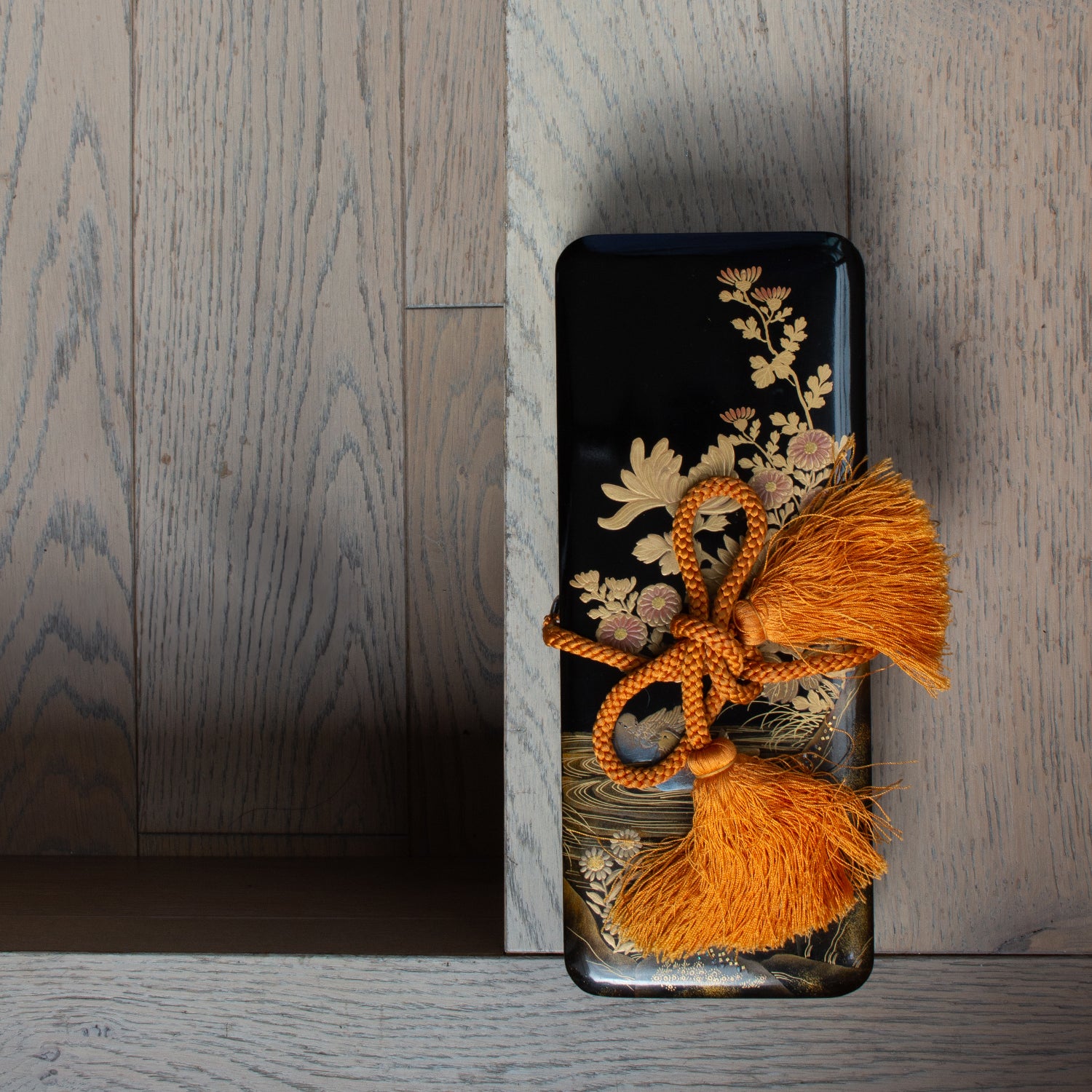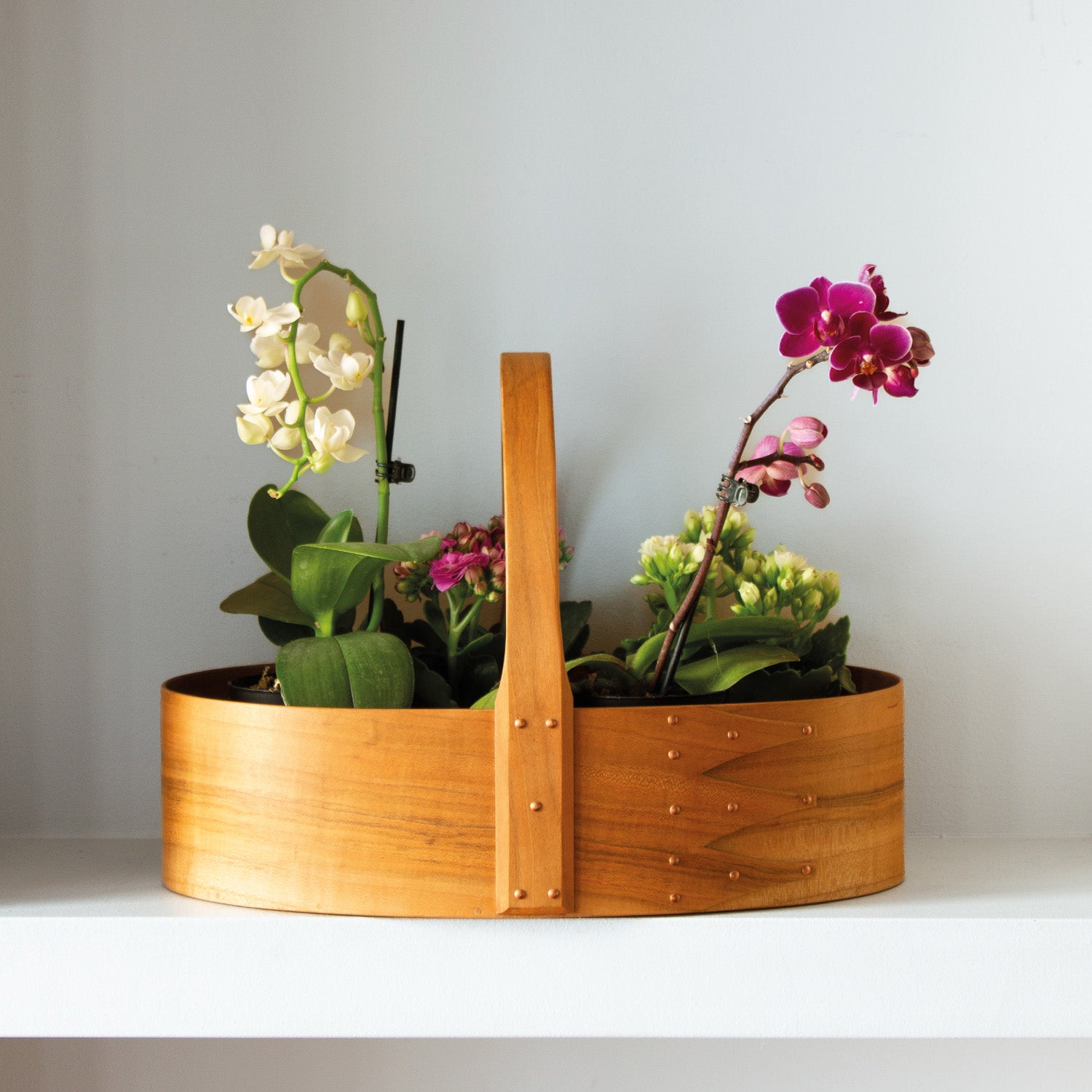














Chōsen Karatsu ceramic vase by Nishioka Yoshihiro
This stoneware vase, hand-crafted by Nishioka Yoshihiro, is part of the tradition of Chōsen Karatsu, a variation of Karatsu-yaki. The vase adopts a slender silhouette with cut sides ( mentori ), creating marked vertical lines that interact with the natural glaze drips. Its deliberately unfinished base reveals a sandy earth characteristic of the local clays of the Karatsu region, in Saga Prefecture, northwest of Kyūshū, a historic center of Japanese ceramics since the 16th century.
Chōsen Karatsu, literally "Korean Karatsu," is a style that emerged under the influence of Korean potters brought to Japan during the invasions of the peninsula. This aesthetic is distinguished by the application of a dark, iron-rich glaze ( kuro ame ) on the upper part, revealing a lighter glaze ( shiraki ) or sometimes intentionally unglazed areas. In this piece, the irregular drips of the dark glaze contrast with the beige tones and bare texture of the stoneware, producing natural melting and layering effects, characteristic of the high-temperature firings in a wood-fired kiln, typical of Karatsu.
The decoration, entirely dictated by the ceramist's gestures and the reactions of the flame, gives the vase a lively and spontaneous appearance, specific to Karatsu-yaki. A wabi-sabi-style piece of great strength and presence.
Nishioka Yoshihiro was born in 1954 in Karatsu. The son of master ceramicist Nishioka Koju, he pursued a demanding family education before joining the Goyōkai circle, founded by Arakawa Toyozō, in 1977. There, he deepened the rigor of the traditions of Mino, Hagi, Karatsu, Shigaraki, and Bizen. In 1994, he established his own kiln, Ryōun-gama, in Karatsu, where he focused primarily on Karatsu-yaki, with a marked taste for classical techniques such as Chōsen Karatsu and Madara Karatsu. His works are regularly exhibited in galleries in Japan and internationally.
This vase is signed at its base by the ceramist. It comes with a beautiful wooden protective box (tomobako) closing with a sanadahimo cord, and, not photographed but present, a protective cloth (tomonuno) bearing the artist's seal and an information document (shiori) detailing his profile, all guaranteeing the authenticity and provenance of the piece .
| PLACE OF MANUFACTURE | JAPAN |
| DIMENSIONS | Height 23cm - Width 10cm - Depth 10cm |
|
WEIGHT |
2.5kg (vase + box) |
| MATERIALS | Ceramic |
KNOW-HOW
Japanese ceramics, born more than 10,000 years ago, are a dialogue between earth and fire, a quest for harmony through imperfection.
With a wide variety of high-quality raw materials, such as rich clays and natural glazes, each region has developed its own techniques, reflecting the identity of its terroir.
Hand-crafted, these vases, made using the most precious Japanese ceramic techniques, bear the imprint of a master craftsman who is the heir to a thousand-year-old tradition. This living art embodies the essence of Japan, where history and nature unite in beauty.
Although deeply rooted in tradition, these exceptional Japanese ceramic vases, signed by very big names, have a resolutely contemporary spirit while preserving their authenticity, incredibly decorative and wonderfully timeless sculptural pieces.
DELIVERY
Delivery
Free delivery in mainland France for purchases over €200. Orders are generally dispatched within 2 working days, except in special cases, as indicated in the banner at the top of the website.
Precious items are wrapped in beautiful fabric, beautifully knotted according to the precious Korean art of pojagi. Some exceptions apply, especially if the items are large. Learn more >
Detailed delivery information is available via this link >
Your invoice will be sent by email
Payment methods
By card (Stripe operator): Visa, MasterCard, Discover, American Express.
Secure card payment with 3D Secure.
By PayPal, Apple Pay, Google Pay and Shop Pay
Returns and exchanges
14 days to change your mind.
CARE INSTRUCTIONS
Handle with care. Rub gently with a soft cloth. Do not place near a heat source.
Choose options















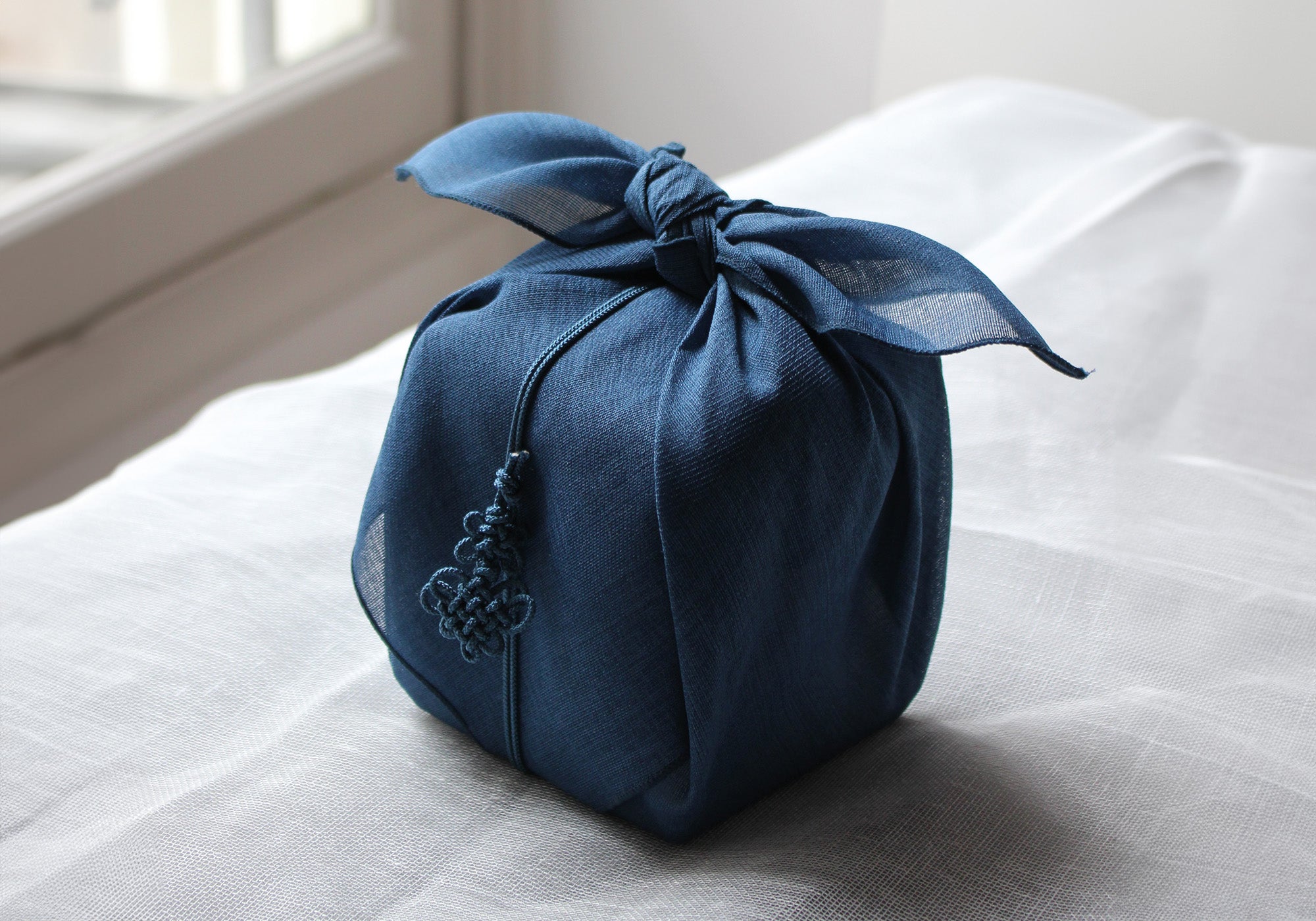
The art of wrapping
The exceptional items are wrapped in a beautiful fabric beautifully knotted using the little-known art of Korean pojagi and decorated with a delightful maedup (Korean ornamental knot). Details and conditions >


